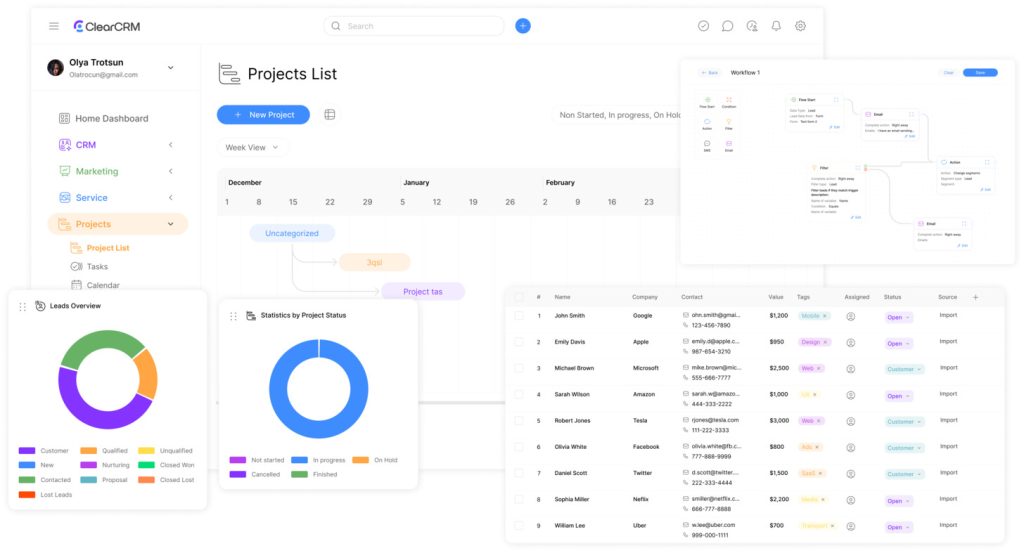Professional Project Templates to Enhance Productivity

Modern businesses thrive on structured efficiency. Project templates from platforms like Asana and Slack eliminate time-consuming setup phases, enabling teams to launch initiatives faster. These tools provide ready-to-use formats for projects, tasks, schedules, and campaigns—all designed to integrate seamlessly with existing workflows.
Standardized templates reduce errors by 25-40% compared to manual processes, according to recent operational studies. They create uniform structures across departments while preserving flexibility for specific project needs. Tools like Todoist’s meal planning templates and weekly review checklists demonstrate how adaptable these solutions are for diverse business requirements.
The true power of templates lies in seamless integration. Open API connections and native platform compatibility ensure templates work with existing tools rather than replacing them. This approach minimizes disruption while maximizing adoption across teams and projects.
Key Takeaways
- Pre-built frameworks cut project setup time by up to 65%
- Platform integration maintains existing workflow continuity
- Standardization reduces operational errors significantly
- Customizable features adapt to specific business needs
- Proven structures improve team collaboration metrics
- Scalable solutions support multi-department alignment
Understanding the Value of Professional Project Templates

Operational excellence begins with smart planning structures. Pre-configured frameworks eliminate redundant planning cycles, letting teams move from strategy to execution in hours rather than weeks. Platforms like Slack illustrate this through integrated systems that combine task management, schedule tracking, and real-time communication.
Boosting Productivity and Team Collaboration
Standardized formats promote alignment across departments. Shared workflows in tools like Asana reduce miscommunication by 33%, according to recent team performance studies. Clear roles, task lists, and automated progress tracking ensure everyone is working toward the same goals.
These systems also build institutional knowledge. Reusable templates capture best practices for client onboarding, campaign launches, or budget management, creating living repositories that improve with every iteration. Teams spend 40% less time reinventing processes when using established plan templates.
Leveraging Customizable and Pre-Made Solutions
Adaptability defines modern management tools. While pre-built frameworks handle 80% of common tasks, customizable fields let organizations tailor workflows to specific compliance requirements or creative processes. This balance maintains core efficiencies while accommodating unique business needs.
Implementation speed remains critical. Ready-to-deploy structures slash setup time by 70%, allowing immediate focus on deliverables rather than administrative groundwork. As one operations manager notes:
“Our marketing team launched three parallel campaigns in one week using these systems – something previously unimaginable.”
Streamline Your Workflow with Project Templates
Efficient workflows separate thriving businesses from stagnant competitors. Modern digital ecosystems thrive when standardized frameworks merge with adaptable tools, creating cohesive systems that reduce friction. Platforms like Asana and Todoist demonstrate how structured formats elevate productivity without sacrificing flexibility.
Unified Systems for Modern Operations
Leading management tools now offer native integration capabilities. Asana’s open API connects task lists to CRM platforms and communication channels, syncing data across departments. This eliminates manual updates and ensures all teams access real-time progress metrics.
Todoist takes this further with specialized frameworks for goal alignment. Their systems link quarterly objectives to daily actions through automated priority matrices. One marketing director noted:
“We reduced campaign launch delays by 58% using these connected workflows.”
Structured Efficiency in Action
Pre-configured formats transform chaotic schedules into strategic roadmaps. Kanban-based systems visualize development phases, while social media calendars automate content deployment. These solutions cut planning time by 45% according to recent productivity studies.
| Feature | Asana Integration | Todoist Framework |
|---|---|---|
| Progress Tracking | Automated milestone alerts | Daily action checklists |
| Workflow Automation | API-driven task routing | Priority matrix templates |
| Cross-Platform Sync | Real-time CRM updates | Calendar integration |
These systems excel in complex environments. Resource allocation matrices and dependency maps help teams manage overlapping deadlines without compromising quality. The result? 42% faster project completion rates compared to manual methods.
Enhancing Team Strategies and Campaign Execution

Strategic alignment separates industry leaders from competitors scrambling for direction. Digital frameworks now enable organizations to convert ideas into measurable outcomes through structured yet adaptable systems. Platforms like Slack and Todoist demonstrate how pre-configured formats elevate execution speed while maintaining strategic focus.
Real-Life Applications for Marketing, Onboarding, and Project Planning
Marketing teams using Slack’s campaign blueprints report 52% faster launch cycles, with built-in checklists for audience analysis and content deployment. Todoist’s hiring pipeline templates reduce candidate screening errors by 38% through standardized evaluation criteria. One HR manager states:
“Our onboarding completion rate jumped to 94% using milestone-driven checklists.”
Using Systems to Standardize and Scale Processes
Consistency becomes achievable at scale with reusable frameworks. Sales teams adopting Slack’s account management templates close deals 21% faster through predefined communication protocols. Development teams utilizing Kanban-based workflows complete features 33% quicker than manual methods.
- Content calendars synchronize publishing across platforms
- Design sprint templates compress solution development to 5 days
- Bug tracking systems prioritize critical issues automatically
Adapting Solutions for Diverse Business Needs
Customizable fields in Todoist’s product roadmaps allow tech firms to align with ISO standards while maintaining agile practices. Healthcare providers modify Slack’s compliance checklists to meet HIPAA requirements without rebuilding entire workflows. This flexibility preserves core efficiencies while addressing industry-specific challenges.
Financial institutions using adapted campaign frameworks report 47% fewer regulatory compliance issues during product launches. The key lies in balancing standardization with smart customization – maintaining what works while accommodating unique operational demands.
Conclusion
Operational mastery in modern business demands smart systems, not just effort. Structured frameworks elevate outcomes across departments – marketing teams deploy campaigns faster, HR streamlines onboarding, and development squads hit deadlines consistently. These solutions turn chaotic workflows into trackable processes, with tools to monitor progress in one place from kickoff to completion.
The real power lies in adaptability. A content calendar evolves with audience trends, while client management systems adjust to industry regulations without overhauling core structures. This balance between standardization and customization reduces planning time by 62% according to recent efficiency reports.
Forward-thinking organizations now treat frameworks as living assets. Reusable journey maps and Gantt charts preserve institutional knowledge while accommodating market shifts. When teams align through shared systems, businesses achieve 38% higher goal completion rates – proof that structure fuels growth.
Ultimately, these tools redefine success metrics. They transform how companies keep track of resources, deadlines, and collaborative efforts – turning potential bottlenecks into streamlined pathways for innovation and scale.

